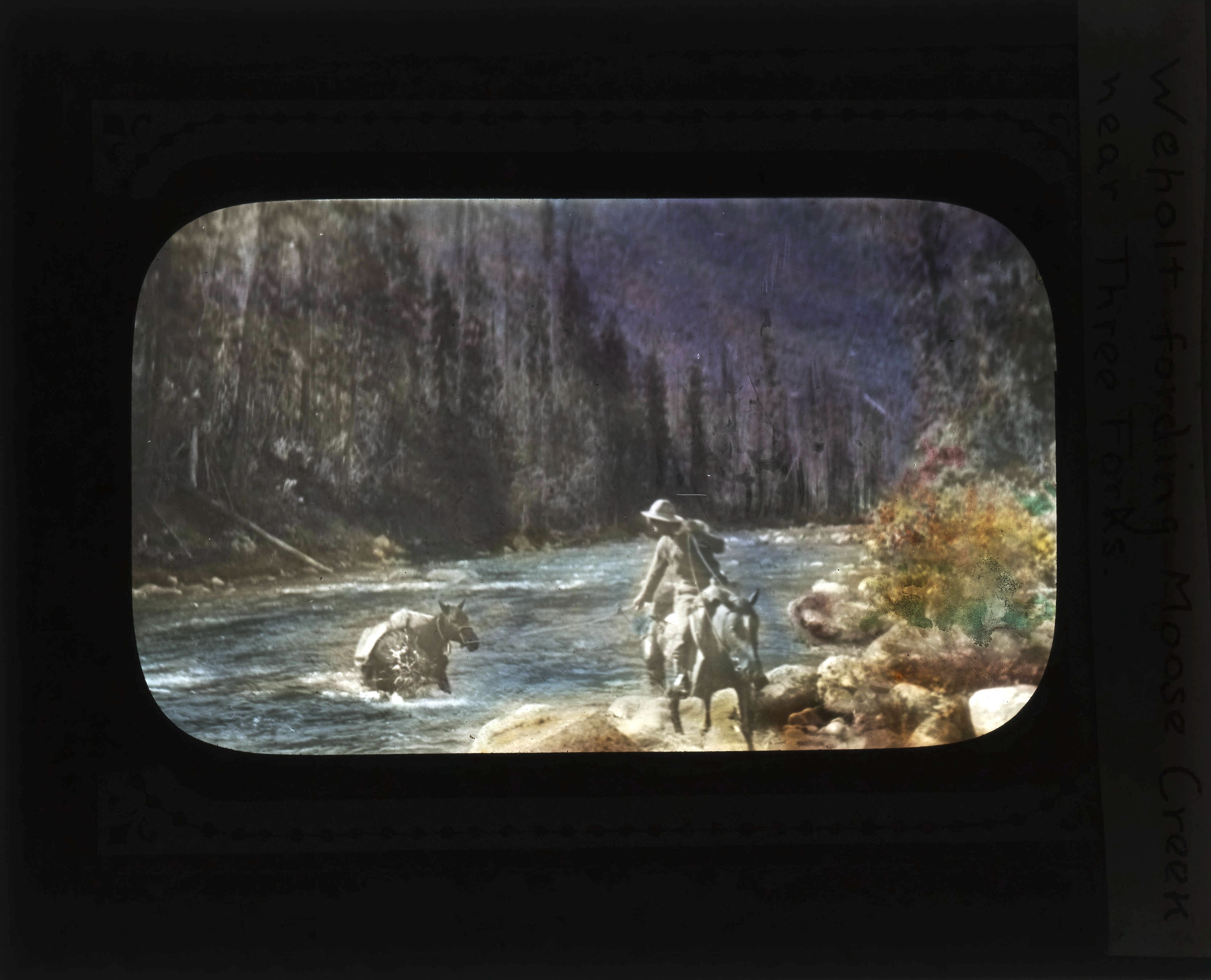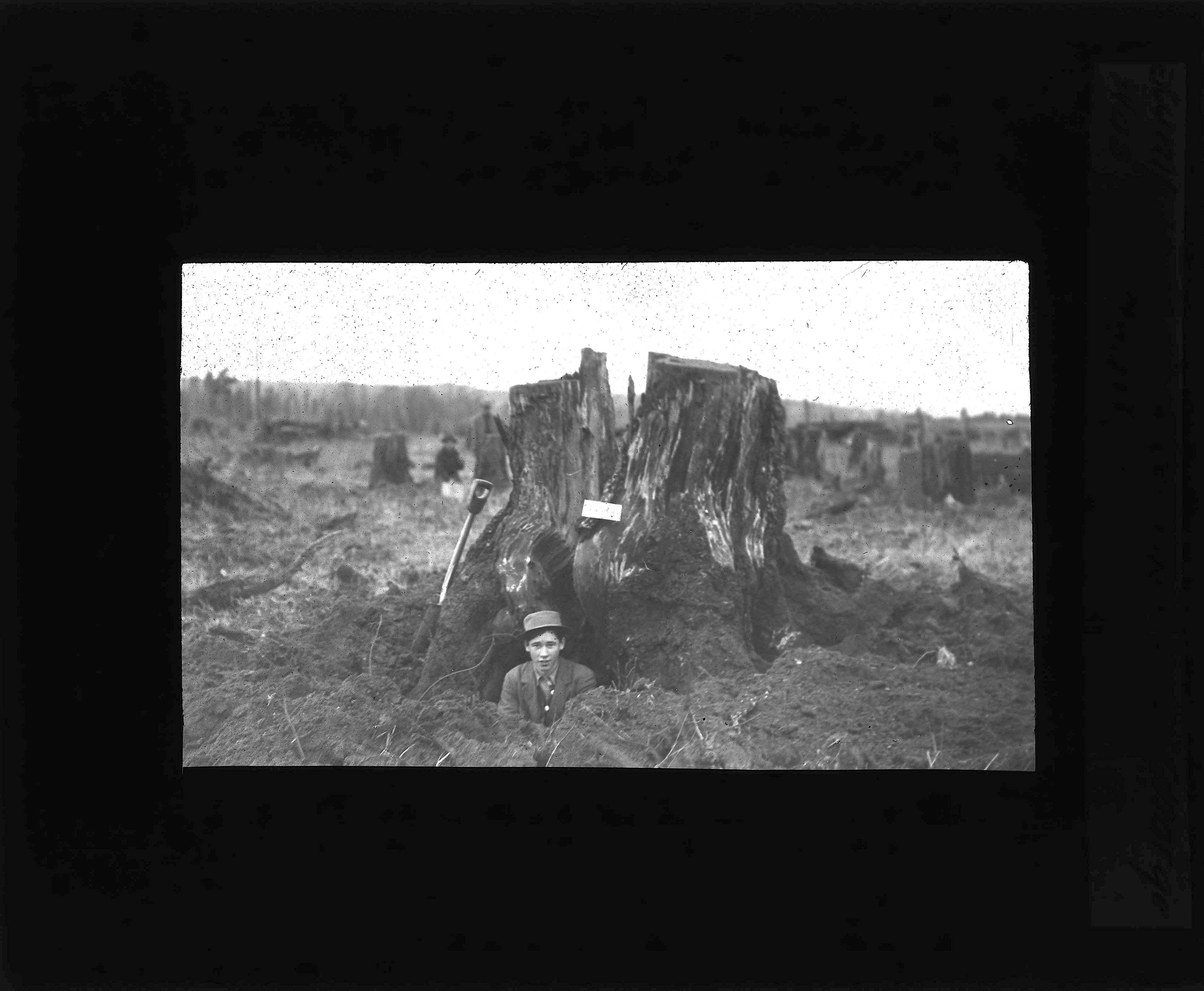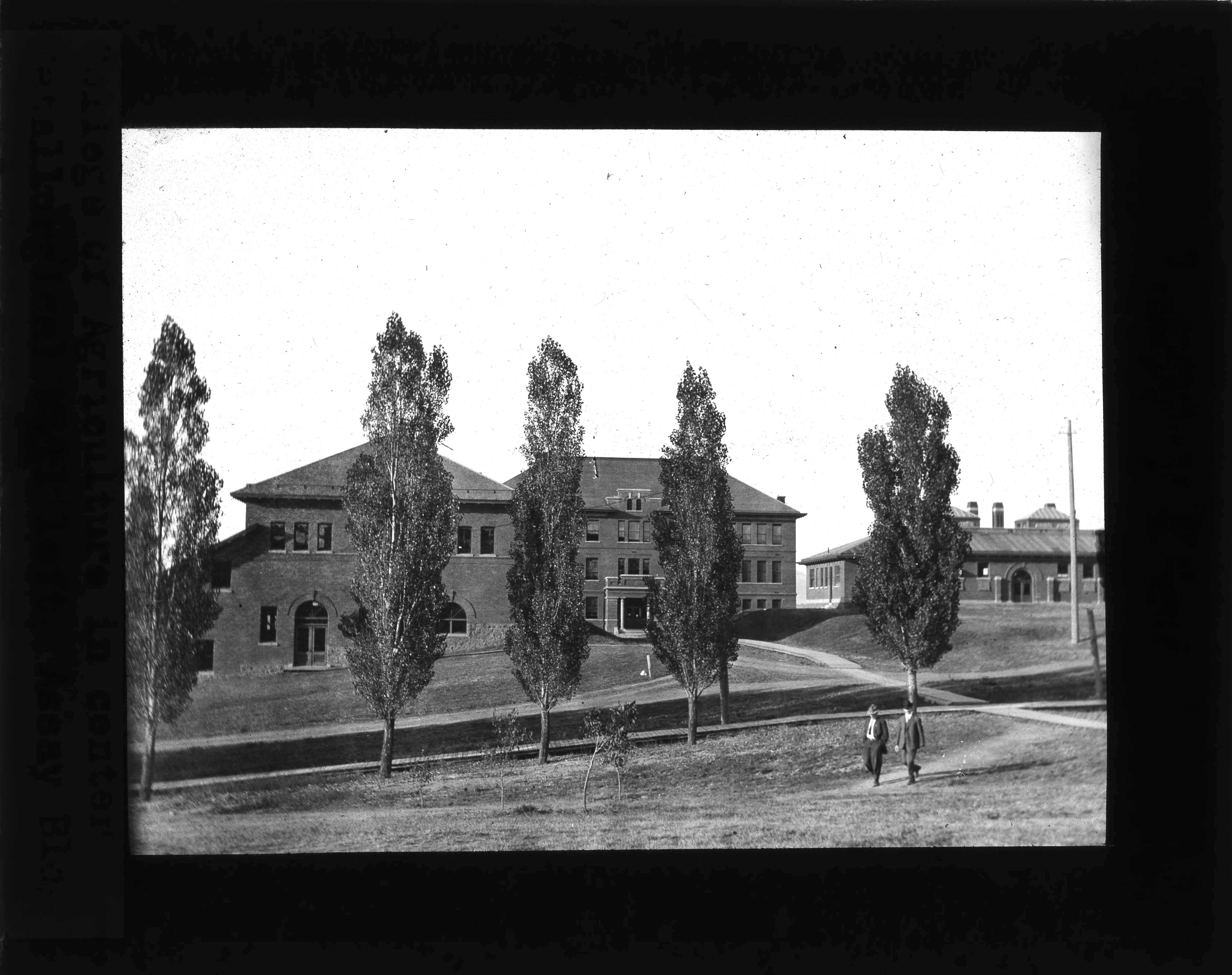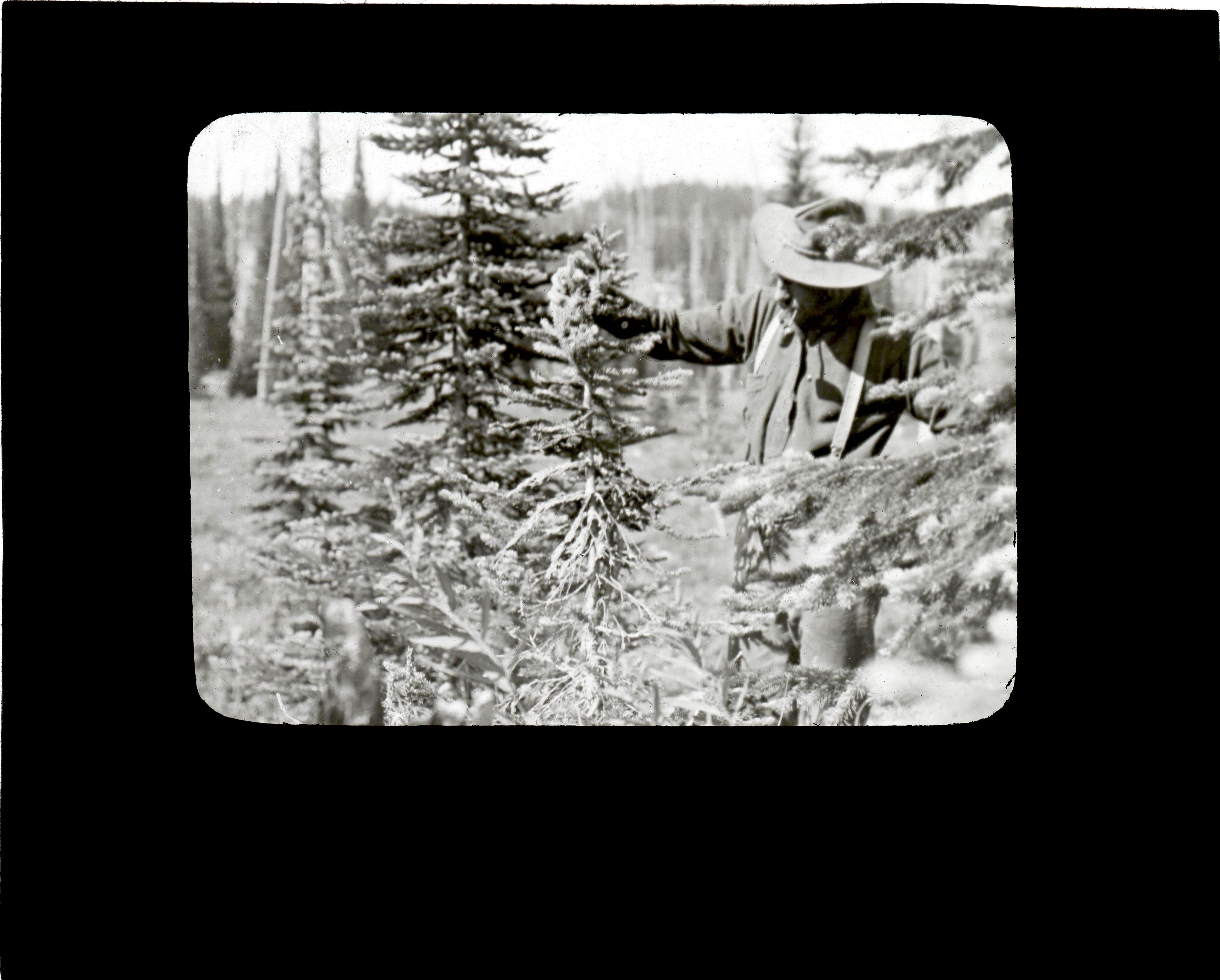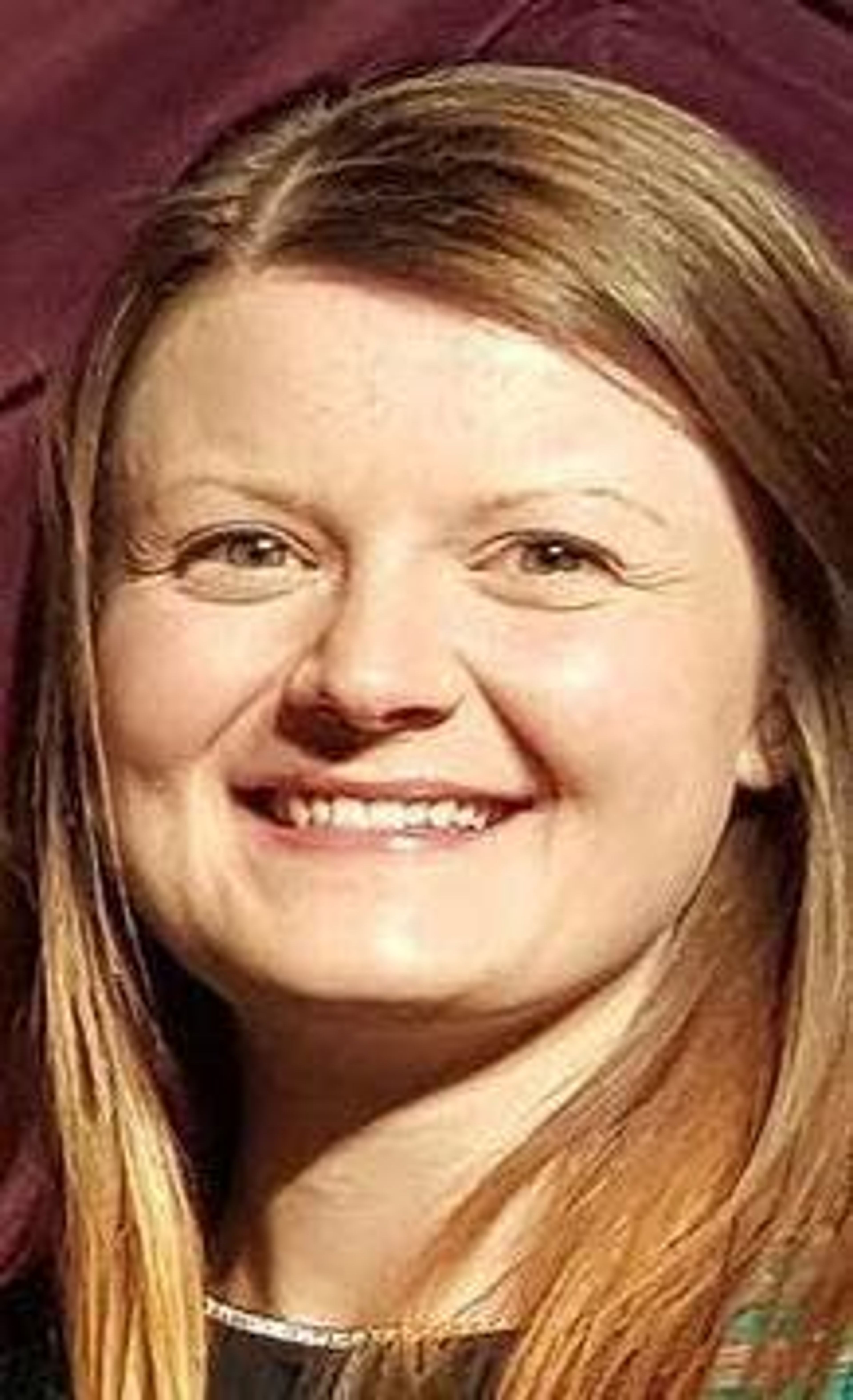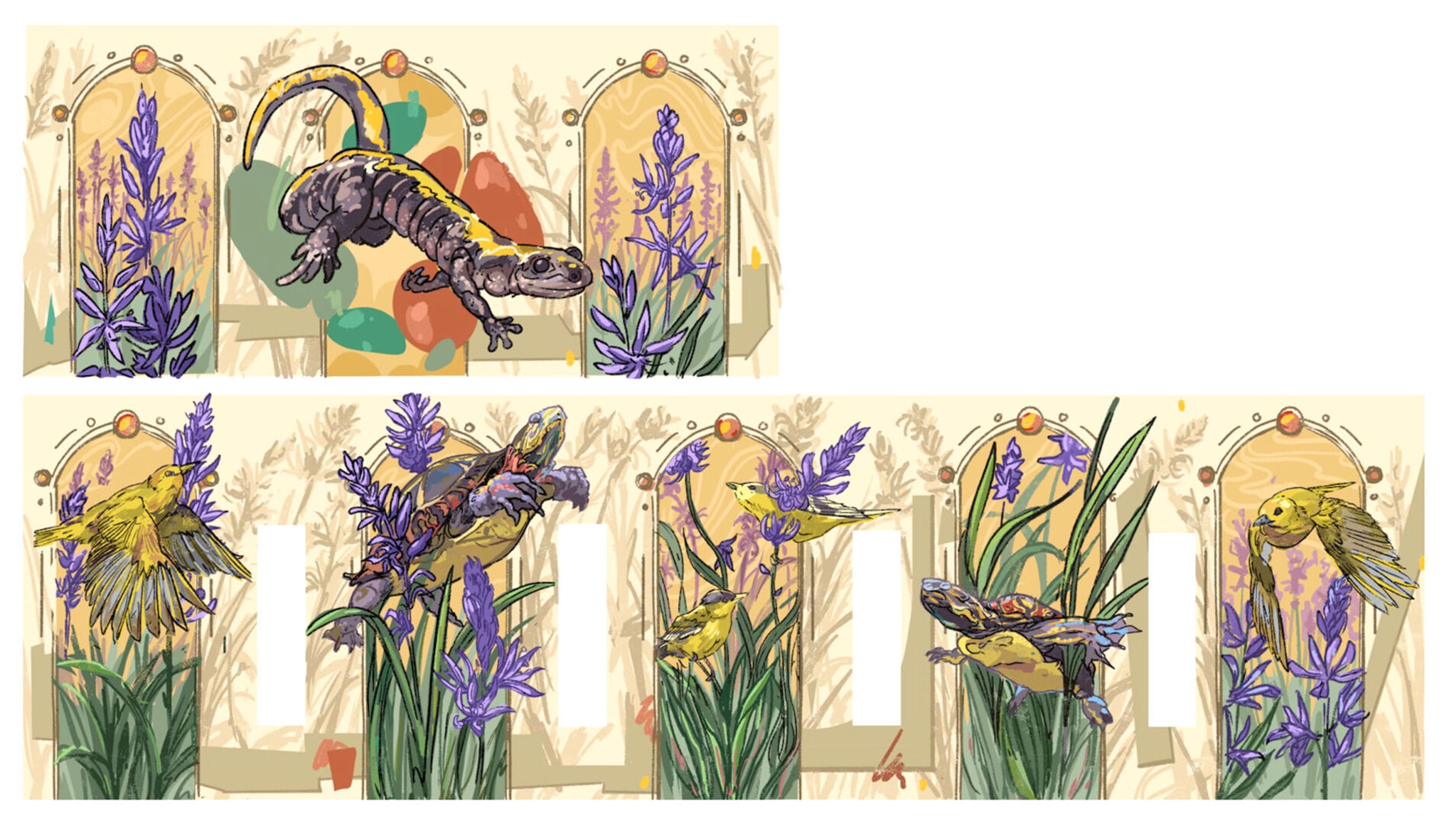A century ago, lantern slides gave students a window to the world
Today’s University of Idaho students benefit from amazing classroom technologies that can significantly enrich their learning environment and educational experience. They can take immersive virtual reality field trips without ever leaving the Palouse, hold real-time discussions with scholars and fellow classmates located anywhere in the world, and of course instantly access millions of educational resources through the University Library.
Nearly any question can be posed and any topic explored as long as you have access to an internet-enabled device and a genuine curiosity.
Such an abundance of educational materials is a relatively new phenomenon in the longer history of university instruction. For generations, educators were limited to the content available in textbooks and perhaps some supplementary materials gathered in the course of class preparations. Visual aids were few and far between in many college lecture halls, where it was hard to display images in large rooms or cost prohibitive to create copies for students.
Enter the lantern slide, an invention of the mid-19th century that revolutionized the way pictures or illustrations could be shared in group settings. Relying on the quickly evolving technology of photography, lantern slide makers found that negatives could be exposed directly onto plates of glass. Those plates were then placed in front of a lantern’s light to cast a projection of the image onto a wall or screen at a scale large enough to serve groups of a few dozen or a few hundred. By the turn of the 20th century, the utility and engaging nature of lantern slides made them a popular classroom tool.
One University of Idaho professor who we know used lantern slides in his classes was Dr. Charles H. Shattuck. Shattuck joined the university in 1909 as the first head of the Department of Forestry. While there were plenty of forests in the region where Shattuck could conduct his own research or create hands-on lessons for his students, he knew that his fledgling department needed a laboratory on campus. Although he spent less than 10 years at U of I, during his tenure he established one of the finest university arboretums west of the Mississippi River. The original arboretum, named posthumously for him in the 1930s, contained more than 150 species of trees, numbering at least 12,000 individual plantings.
The Shattuck Lantern Slide collection is now housed in the University of Idaho Library’s Special Collections and Archives. Its path to archival preservation, however, was not always so clear. In the late 1970s, boxes of the slides were found sitting next to a dumpster in Moscow. Thankfully the abandoned materials were picked up by Keith Petersen, a historian and champion of Idaho history, who entrusted them to the Latah County Historical Society for safe keeping. In 2009, the slides were returned to their home on the university’s campus. To view digital copies of the slides, visit lib.uidaho.edu/digital/shattuck, and to see these historical treasures in person, make an appointment by emailing libspec@uidaho.edu.
Kersting-Lark is the head of special collections and archives at the University of Idaho libraries.
